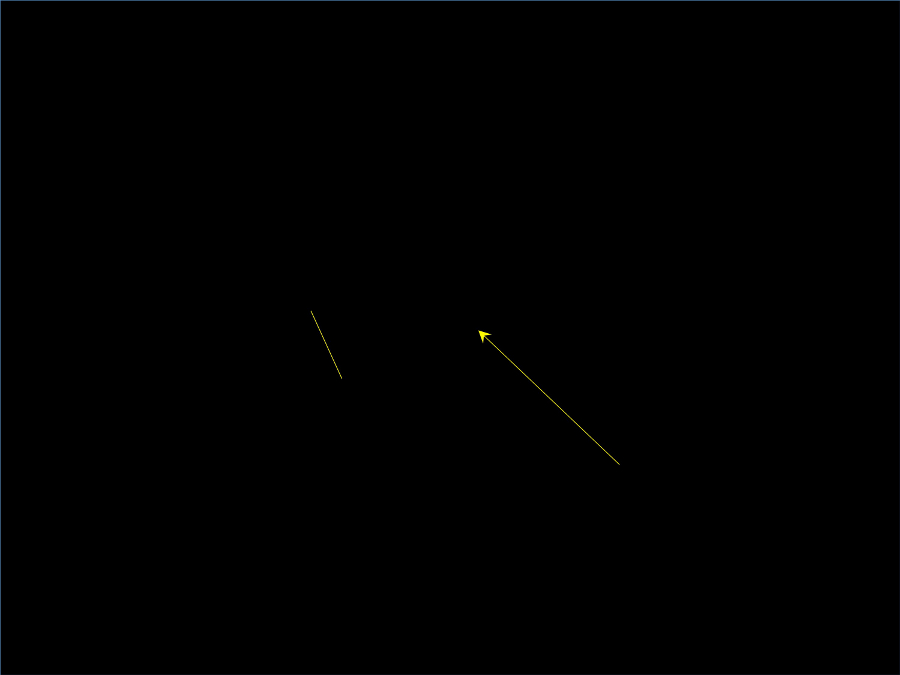

Astounding View of a Non-Accreting Black Hole
Black holes are the Las Vegas of the cosmos - whatever happens there, stays there. This is because nothing, not even light, can escape the intense gravitational field of the black hole. Evidence for the existence of black holes have been found when the black hole actively swallows, or accretes, surrounding material. Sometimes this material can come from a companion star, or it can come from swirling clouds of material in the black hole's host galaxy. The existence of supermassive black holes at the centers of active galaxies and quasars is also deduced from the large-scale radio jets of material emanating off the black hole's accretion disk. The existence of a dormant supermassive black hole at the center of our own Milky Way is implied by careful study of the motions of stars around this mysterious object. But direct detection of a non-accreting black hole is extremely difficult. Which makes astrophysicists wonder - if you could see a non-feeding black hole up close, what would it look like? An answer to this decades-old question can now be seen in the image above, an image some scientists have hailed as the most breathtaking view of a black hole yet conceived. This image may provide critical information for spacefarers in avoiding a black hole's cosmic pitfall, as they journey to Mars and beyond - now they will know what to look for. Also shown is a yellow arrow someone shot into the black hole. The arrow has been stretched to many times its initial length due to incredible tidal tensions produced near the black hole. The head of another arrow, apparently on the "left" but actually behind the black hole, has already entered the "event horizon" never to be seen again. Of course astronomers never completely agree, and other pictures of black holes have been put forward.
Published: April 1, 2013
<
HEA Dictionary ● Archive
● Search HEAPOW
● Other Languages
● HEAPOW on Facebook
● Download all Images
● Education ● HEAD
>

Each week the HEASARC
brings you new, exciting and beautiful images from X-ray and Gamma ray
astronomy. Check back each week and be sure to check out the HEAPOW archive!
Page Author: Dr. Michael F. Corcoran
Last modified Monday, 26-Feb-2024 17:04:00 EST


